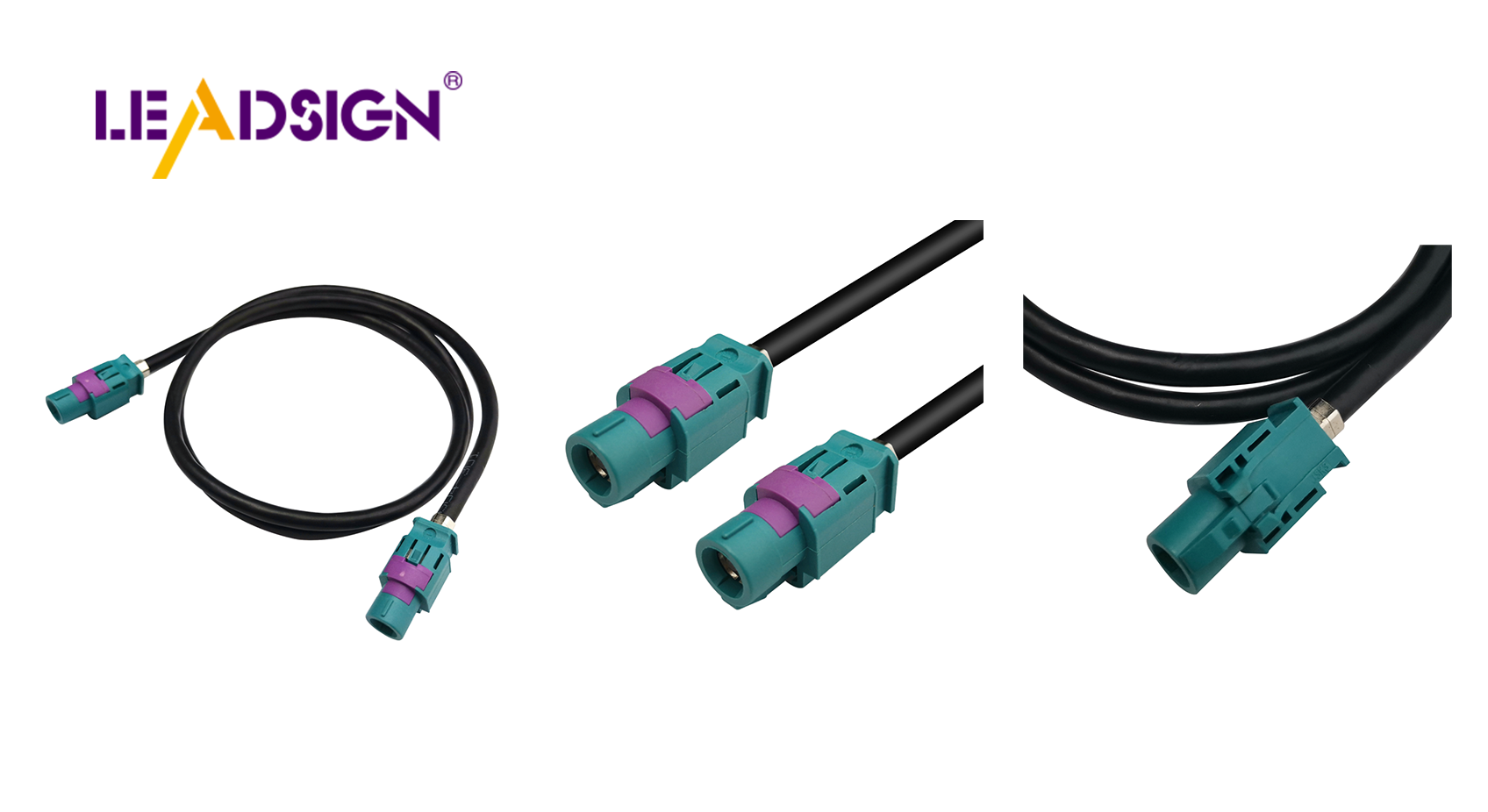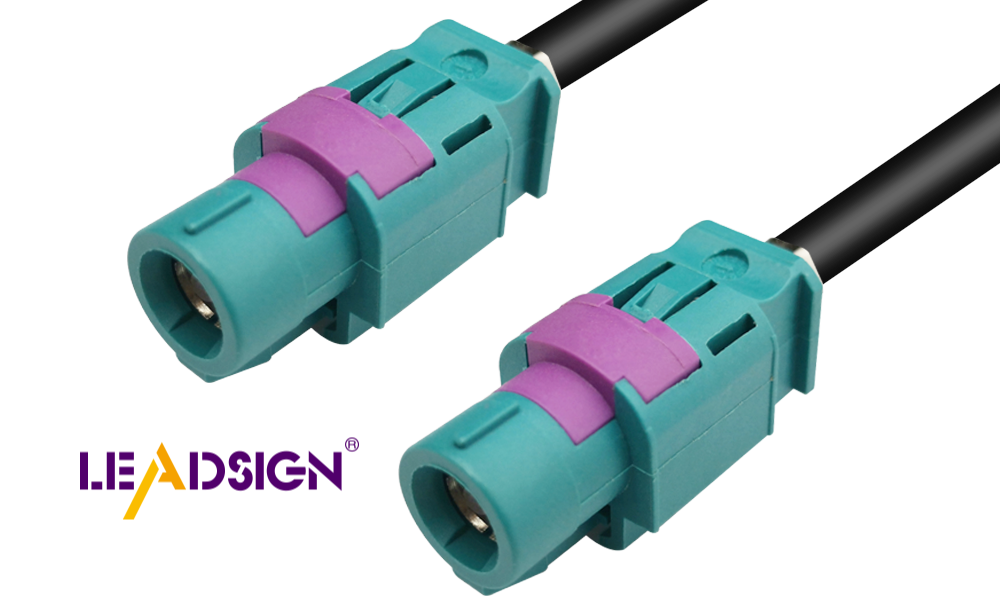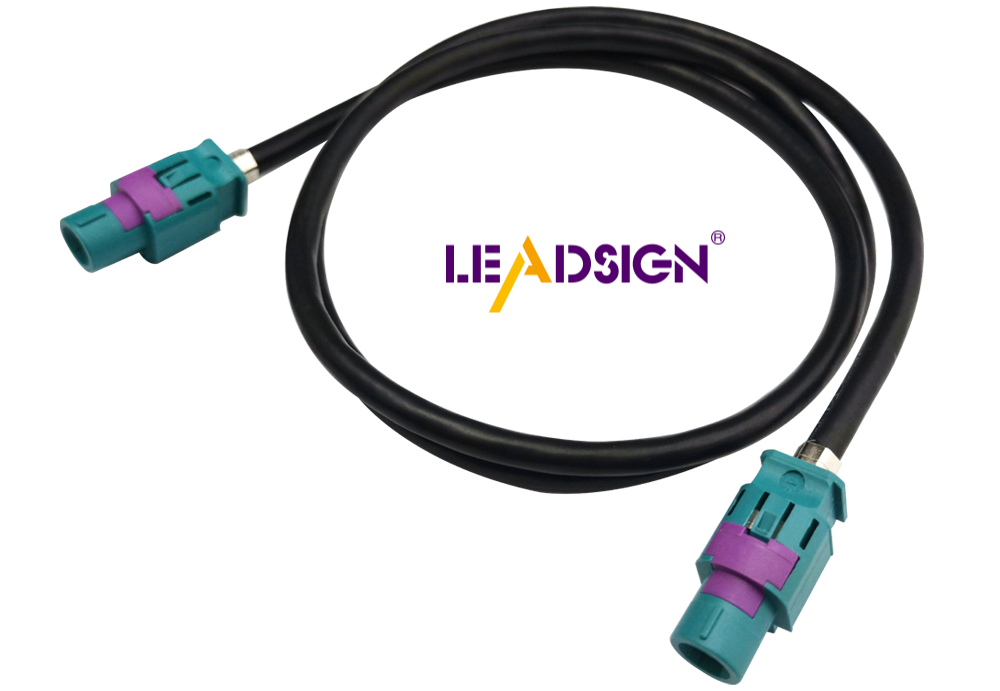Everything You Need to Know About Vehicle Connectors

Vehicle connectors are very important in today's cars. These tiny parts help different systems work together smoothly. They send data, power, and signals through the car's network. Over the years, they have become more reliable and better. Now, they allow smaller designs, quicker charging, and better fuel use.
Key Takeaways
Automotive connectors are essential for the safety and efficiency of modern vehicles, linking critical systems like airbags and engine controls.
Proper installation of connectors is crucial; follow specific steps and use the right tools to ensure strong, reliable connections.
Regular maintenance of automotive wire connectors, including cleaning and checking for damage, can prolong their lifespan and prevent costly repairs.
Types of Automotive Connectors

Automotive connectors are key for smooth power and data flow in cars. They come in different shapes, sizes, and uses to fit modern vehicle needs. Let’s look at the main types of these connectors.
Connectors by Design
The shape and size of a connector decide its use. Here are some common types based on design:
Connector Type | Description |
|---|---|
Pigtail Connectors | Found in many shapes, used for various purposes. |
Flat Connectors | Fit tight spaces, attach without blocking other parts. |
Round Connectors | Work well in open areas, allow turning and bending. |
Square Connectors | Handle many wires, often used in engine sensors. |
Rectangular Connectors | Used for complex setups, hold more pins for control units. |
Rectangular connectors are great for multi-pin tasks in wire harnesses. Circular connectors are strong and flexible, perfect for tough conditions.
Connectors by Functionality
Each automotive connector is made for a specific job like sending power or data. For example:
Fiber optic connectors send fast data in infotainment systems.
Hybrid connectors carry both power and data, saving space and boosting efficiency.
Weatherproof connectors block water and dust, working well in bad weather.
Weather pack connectors are weatherproof and often used in engines.
These smart connectors help vehicles work better and last longer.
Connectors by Application
Where a connector is used depends on its job in the car. Automotive wire connectors are found in:
Engine systems for sensors and controls.
Infotainment systems for quick data sharing.
Lighting systems to power headlights and taillights.
Safety systems like airbags and ABS for secure links.
Wire harness connectors group wires together, making them neat and easy to manage.
Why Automotive Connectors Matter in Cars Today
Automotive connectors are key to keeping your car safe and efficient. These small parts link important systems, making cars smarter and more dependable.
How They Keep You Safe
Your car's safety depends on strong and reliable connectors. They keep systems like airbags, brakes, and engine controls working well. For example:
ECUs need good connections to stop engine problems.
Airbags rely on connectors to work during crashes.
ABS and traction control need steady power to perform.
Lights use connectors to avoid flickering or going out.
Strong connectors make these systems safer, giving you confidence while driving.
Helping Cars Use Energy Better
Connectors also help cars save energy and use fuel wisely. They spread power evenly, cutting energy waste. In electric cars, they stop voltage drops, helping parts work better. They also let systems talk to each other easily, improving how the car runs. This saves energy and supports eco-friendly driving.
Boosting Car Performance
Good connectors improve how well your car works. Systems like navigation and driver-assistance need strong wiring to run smoothly. Wire harness connectors keep wires tidy and signals clear. In electric cars, they send data fast and deliver steady power. This helps advanced systems work well in all conditions.
Knowing about connectors shows how important they are in cars. They are vital for safety, energy saving, and performance in modern vehicles.
Installation Techniques for Auto Electrical Connectors

Installing auto electrical connectors the right way keeps your car safe. Follow these simple steps to avoid mistakes and ensure everything works well.
Tools You Need for Installation
Before starting, gather tools to make the job easier:
Wire Strippers: Take off wire covering without harming the wire.
Crimping Tools: Attach connectors tightly to the wires.
Soldering Iron: Join wires permanently with strong bonds.
Heat Gun: Shrink tubing to protect and cover connections.
Multimeter: Check voltage and current to confirm good connections.
These tools help you work carefully and avoid errors.
Easy Steps to Install Connectors
Follow these steps to install connectors properly:
Use a wire stripper to remove the wire's covering. Be gentle.
Put the bare wire into the connector. Make sure it fits well.
Use a crimping tool to press the connector firmly onto the wire.
If soldering is needed, heat the joint and add solder for strength.
Slide heat-shrink tubing over the joint. Use a heat gun to shrink it.
Arrange wires neatly. Keep them away from sharp edges or moving parts.
Test the connection with a multimeter to ensure it works correctly.
These steps keep connectors strong and working for a long time.
Mistakes to Watch Out For
Avoid these common mistakes when installing connectors:
Don’t reuse single-use connectors. They won’t work as well again.
Don’t strip wires with sharp tools. It can harm the wire inside.
Use the right size connectors. A good fit is important.
Don’t tighten winged connectors too much. It can break the wires.
Don’t remove too much insulation. Exposed wires can cause problems.
By avoiding these errors, you can install connectors safely and easily.
Maintenance Tips for Automotive Wire Connectors
Taking care of automotive wire connectors keeps your car's electrical parts working well. Follow these simple tips to keep them in good shape.
Check and Clean Often
Look at your automotive wire connectors often to stop problems like rust or loose parts. Check for cracks, dirt, or color changes. Use a soft brush or air to clean off dust. For sticky dirt, wipe with a cloth or alcohol pad. If you see rust, gently scrub it off with a wire brush. Add a rust-proof coating to protect the surface.
Tip: Put dielectric grease on pins to block moisture and help electricity flow. Be gentle when handling connectors to avoid breaking them.
Spot and Fix Problems
Common connector problems include losing power, flickering lights, or melted plastic. If this happens, find the bad connector by checking its pins and sockets. Replace broken ones with sealed, modern types. Count the pins and check the size to match it correctly. Pre-wired connectors, like AMP ones, make replacing easier.
Note: Loose connectors can cause random problems. Tighten them gently but don’t overdo it to avoid breaking.
Make Connectors Last Longer
To make automotive wire connectors last, use strong materials like copper alloys. These resist rust and carry electricity better. Protect them from heat and water with covers rated IP67 or IP68. Use strain relief to stop wires from pulling too hard. Follow setup guides to avoid mistakes during installation.
Reminder: Keeping connectors in good shape helps your car’s electrical parts work well for a long time.
By caring for automotive wire connectors, you save money on repairs and keep your car running smoothly.
Knowing about vehicle connectors shows how they keep cars safe. Strong connectors, such as CPA ones, stop engine issues and help airbags and brakes work in emergencies. Installing them correctly and checking them often makes them last longer. Taking care of these parts keeps your car safe and running well.
FAQ
What do automotive connectors do in cars?
Automotive connectors join electrical parts in your car. They move power, signals, and data between things like sensors, screens, and safety systems.
How do you find a bad connector?
Check for problems like blinking lights, loose wires, or melted parts. Use a multimeter to see if power is dropping or the circuit is broken.
Can you change a connector on your own?
Yes, you can. Use tools like wire cutters and crimpers. Follow the steps carefully to make sure the connection is strong and works well.
See Also
Why Fakra Connectors Are Essential For Today's Vehicles
Significance of FAKRA Connectors in Car Technologies
Key Role of FAKRA Z Connectors in Automotive Use

